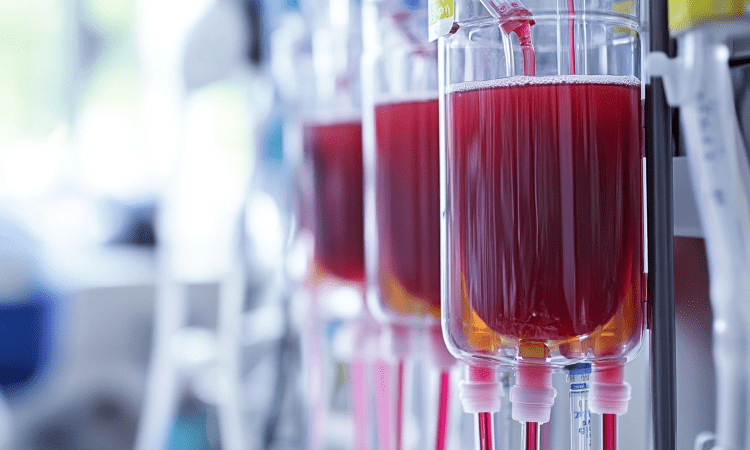
BLOG
KATEGORİDEKİ DİĞER YAZILAR

Today, medical devices play a vital role in the health sector and are among the products that must be meticulously evaluated in terms of patient safety. One of the most important issues in the use of these devices is to determine whether they comply with national and international safety and compliance standards. In this article, we will discuss compatibility and safety standards in medical device analysis.
Since medical devices are directly related to human health, they must comply with certain standards in production, testing and use processes. Compliance and safety analyses are performed to verify the performance of devices, test their biocompatibility and ensure that they can be used safely without risking patient health.
Various international standards and regulations are taken into account in the analysis of medical devices:
The analysis and testing processes of medical devices include various methods to prove that the product is safe and effective. Some of these tests are as follows:
1. Biocompatibility Tests
These are tests to determine whether medical devices are compatible with human tissue and body. According to the ISO 10993 standard, biocompatibility tests include the following steps:
2. Electrical Safety Tests
Electrical medical devices must be tested in accordance with the IEC 60601 standard. These tests may include
3. Performance and Endurance Tests
These are the tests applied to ensure that medical devices maintain their performance in long-term use. These tests include mechanical strength, vibration tests and abrasion tests.
4. Sterilization and Microbial Contamination Tests
These are the tests performed to clean the medical devices that should be sterile with appropriate sterilization methods and to verify that they do not contain microbial contamination.
In order for medical devices to be safe and compliant with standards, there are some basic points that manufacturers and test laboratories should pay attention to:
Nano-lab Laboratories Group continues to provide services within the scope of Medical Device Analysis. We also provide services in Irritation Tests.
Contact us for more information.
You can follow us on LinkedIn for up-to-date news and posts about our services.
Follow our Instagram account to be informed about our latest blog posts.